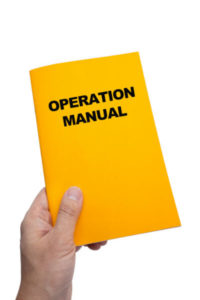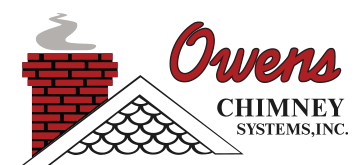Thinking about starting a fire in your fireplace this winter? Well, there’s more to think about than just lighting a match and throwing it on top of the woodpile! One important consideration is what type of firewood you should use. Two things to consider are – how quickly you want it to burn and how hot you want your fire to burn.
 Seasoned Wood
Seasoned Wood
No matter what type of wood you’re burning, you’ll want to make sure that it is well-seasoned. There’s a lot of talk out there about burning hardwoods vs. softer woods. While this does make a difference in the type of fire you’ll have, woodheat.org says that what is more important is that your wood is cut and split to the correct size and dried properly. The higher the moisture content, the harder it is to keep the fire burning. Energy content is wasted because your fire will be burning the moisture out of the wood initially. This will also cause your fire to be smoky.
Quick Burn vs Slow Burn
The Firepit and Grilling Guru explains that hardwoods will burn slower than softwoods. So, if you’re looking to linger in front of the fire, you might want to try using ash, hard maple, apple, or oak. Other nights, you may not have the whole night to while away the time, but still want to take the edge of the chill in the room. On these nights, you’ll want a faster burning fire. Softer woods, such as spruce or fir, will burn more quickly. Therefore, if you want a fire, but don’t want to wait up for it to burn down, these are the woods for you!
Hot Fires vs. Cooler Fires
If you’re burning a fire, of course you are going to want a hot fire, correct? In most cases, this may be true. However, if you are burning early fall or late spring fires, it might be that you don’t need a hot, hot fire to keep your room warm. According to the Jotul website, softwoods will burn quickly. This makes them perfect for the start and end of winter, when the temperatures are not as cold. They are also often cheaper and provide a cleaner burn.
An important thing to remember is that a hot fire will give off less emissions than a smoldering fire. So, the importance of well-seasoned wood can’t be overemphasized. For less creosote build-up in your stovepipe, make sure that any wood that you are building has been dried for at least a six month period of time.
Call Owens
No matter what type of wood you burn in your wood burning stove, a creosote build-up will occur over time. That’s why annual chimney inspection and cleaning is so important, whether burning in a fireplace or in a wood-burning stove. Owens Chimney Systems has been in business since 1989, and all of their lead service technicians are Chimney Safety Institute of America certified. You can trust them to inspect your chimney and take care of any cleaning or repair needs. Give them a call soon to be sure your wood burning stove is running efficiently and safely!
